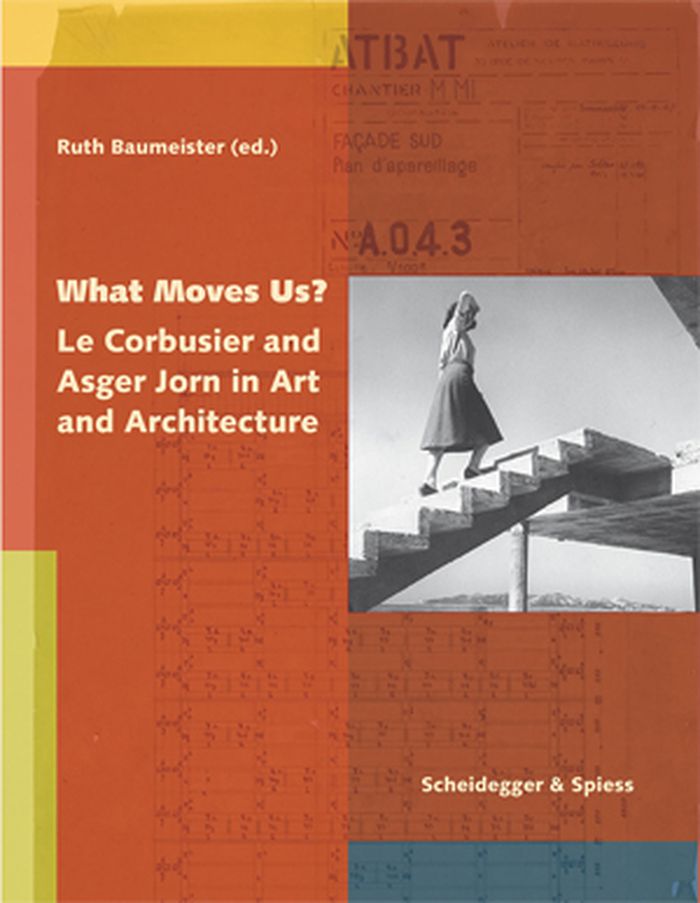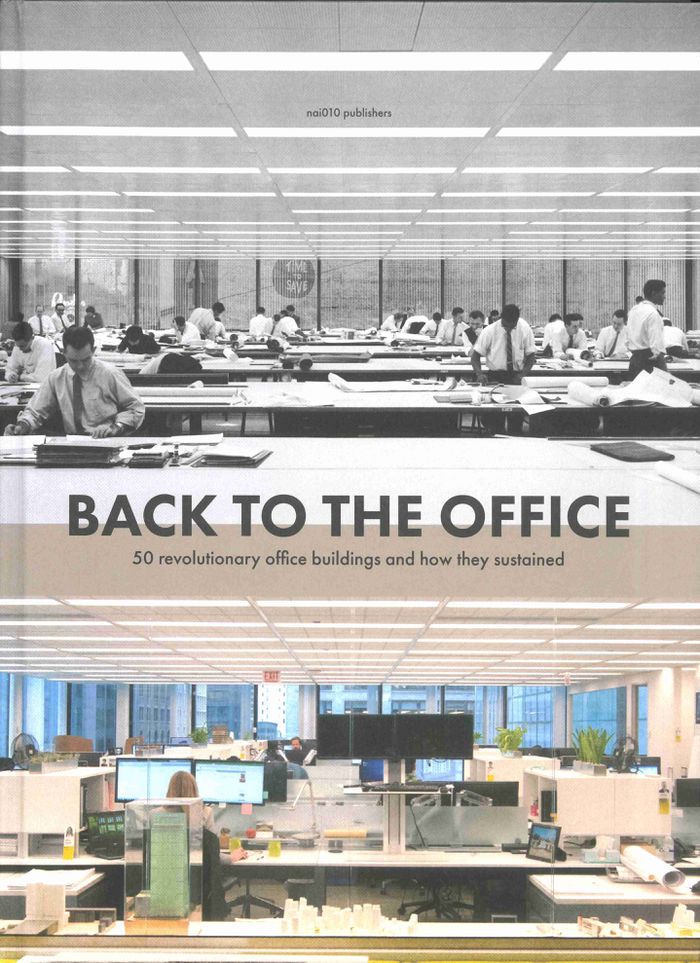$57.00
(disponible sur commande)
Résumé:
For centuries exchanges between the domestic and the foreign have altered and transformed architecture. Today these exchanges have become highly intensified. The Domestic and the Foreign in Architecture attempts to expand the issues in architecture beyond its traditional practice by focusing on the opportunities and limitations in architecture as a cultural and political(...)
Théorie de l’architecture
janvier 1900, Rotterdam
The domestic and the foreign in architecture
Actions:
Prix:
$57.00
(disponible sur commande)
Résumé:
For centuries exchanges between the domestic and the foreign have altered and transformed architecture. Today these exchanges have become highly intensified. The Domestic and the Foreign in Architecture attempts to expand the issues in architecture beyond its traditional practice by focusing on the opportunities and limitations in architecture as a cultural and political enterprise. The central theme is how these exchanges manifest themselves in contemporary architecture in terms of its aesthetic potential and its practice, which, in turn, are impacted by broad economic, cultural and political issues. This book traces how diverse cultural encounters inevitably modify conventional categories, standards and codes of architecture, such as domestic identity, its political and economic representations and the negotiations with what is considered foreign. It presents the aspects of architecture that have become crucial, through theoretical reflections by distinguished scholars and interviews with some of the most influential architects.
Théorie de l’architecture
$67.95
(disponible sur commande)
Résumé:
Le Corbusier (1887–1965) is one the most influential architects of the twentieth century. In the Scandinavian countries, his influence is arguably most pronounced in the writings and art of the Danish experimentalist Asger Jorn (1914–1973). Their collaboration on Le Corbusier’s pavilion for the 1937 Paris World Exhibition sparked Jorn’s lifelong fascination with the great(...)
What Moves Us? : Le Corbusier and Asger Jorn in art and architecture
Actions:
Prix:
$67.95
(disponible sur commande)
Résumé:
Le Corbusier (1887–1965) is one the most influential architects of the twentieth century. In the Scandinavian countries, his influence is arguably most pronounced in the writings and art of the Danish experimentalist Asger Jorn (1914–1973). Their collaboration on Le Corbusier’s pavilion for the 1937 Paris World Exhibition sparked Jorn’s lifelong fascination with the great architect and with architecture more broadly as an inherently public form of art. At the same time, Le Corbusier started working in the visual arts and began to move from a rational, technological approach to architecture towards a more poetic, materialist approach. Published in collaboration with the Museum Jorn, Silkeborg, What Moves Us? focuses specifically on the reception of Le Corbusier in Scandinavia, with the relationship between Jorn and Le Corbusier as a thematic thread. The book first highlights the architect’s change of direction and subsequently takes readers through his influence on the young artist. The book’s distinguished contributors explore the relationships that emerged among their artistic theories and practices, including Jorn’s later critique of Le Corbusier. Essays also explore the wider influence of Le Corbusier on Scandinavian architecture and urbanization and consider Le Corbusier alongside the Danish architect Jørn Oberg Utzon and the Aarhus Brutalism movement.
Théorie de l’architecture
$135.00
(disponible en magasin)
Résumé:
Able to work anywhere we have a tortured relationship with the office today. Desperate to work again in physically shared spaces, we are also now questioning whether offices are needed at all. Offices themselves labour under intolerable forces too: 21st-century building regulations suggest redesigning them every seven-to-ten years, managerial strategies shift every five(...)
mai 2022
Back to the office: 50 revolutionary office buildings
Actions:
Prix:
$135.00
(disponible en magasin)
Résumé:
Able to work anywhere we have a tortured relationship with the office today. Desperate to work again in physically shared spaces, we are also now questioning whether offices are needed at all. Offices themselves labour under intolerable forces too: 21st-century building regulations suggest redesigning them every seven-to-ten years, managerial strategies shift every five years, and employees cycle every two. As a result, offices are renewed with alarming frequency. With the future of our workspaces so uncertain, Back to the Office works overtime inside the revolutionary offices of the 20th century, and asks what endured from their architecture, their materials, and the work ideologies they embodied.
$52.50
(disponible sur commande)
Résumé:
Danish artist Asger Jorn (1914-1973) is internationally renowned for his activities within the CoBrA and the International Situationist groups. Quite apart from his paintings, prints, ceramics and sculptures, Jorn produced a remarkable amount of theoretical work. His ideas are still extremely relevant to contemporary discourse. However, in contrast to his artistic oeuvre,(...)
L'architecture sauvage: Asger Jorn's critique and concept of architecture
Actions:
Prix:
$52.50
(disponible sur commande)
Résumé:
Danish artist Asger Jorn (1914-1973) is internationally renowned for his activities within the CoBrA and the International Situationist groups. Quite apart from his paintings, prints, ceramics and sculptures, Jorn produced a remarkable amount of theoretical work. His ideas are still extremely relevant to contemporary discourse. However, in contrast to his artistic oeuvre, Jorn's theoretical arguments have received much less attention from scholars of architecture, art history or philosophy. This book for the first time reveals this largely ignored aspect of Jorn's work. Jorn's opinions and motivations are subsequently contextualized within the theoretical debate of his time and are linked in the book to examples of built architecture, which influenced and informed his conception of architecture and urbanism.
Théorie de l’architecture



